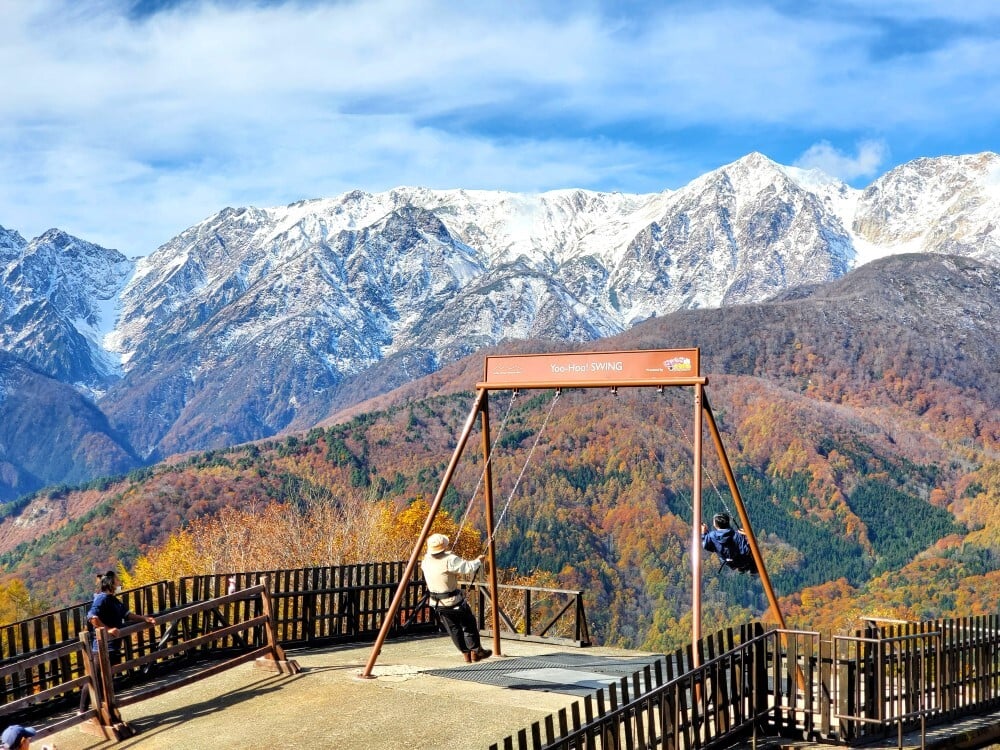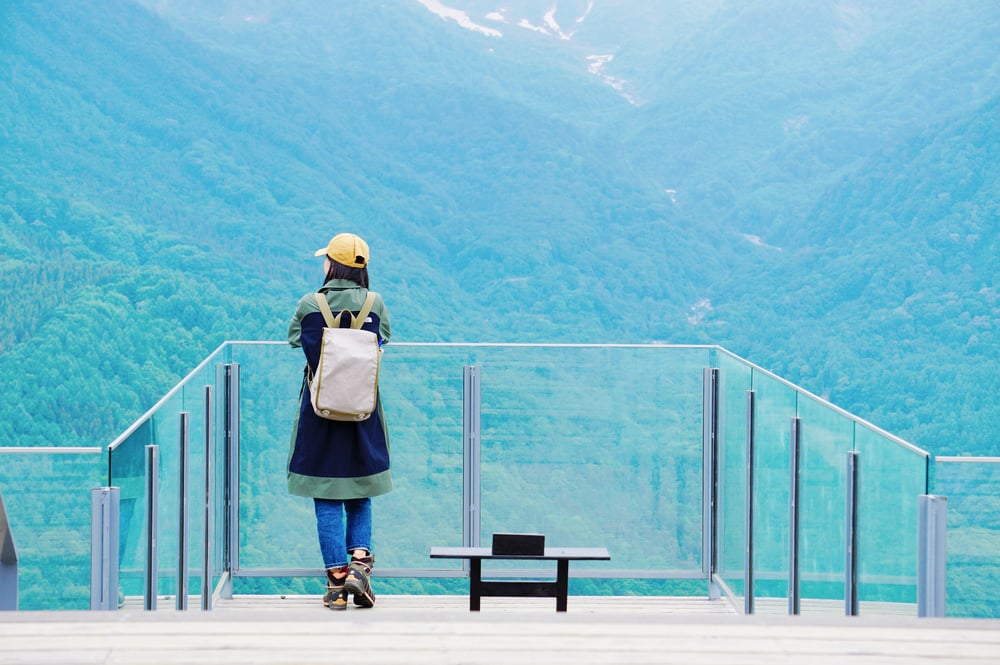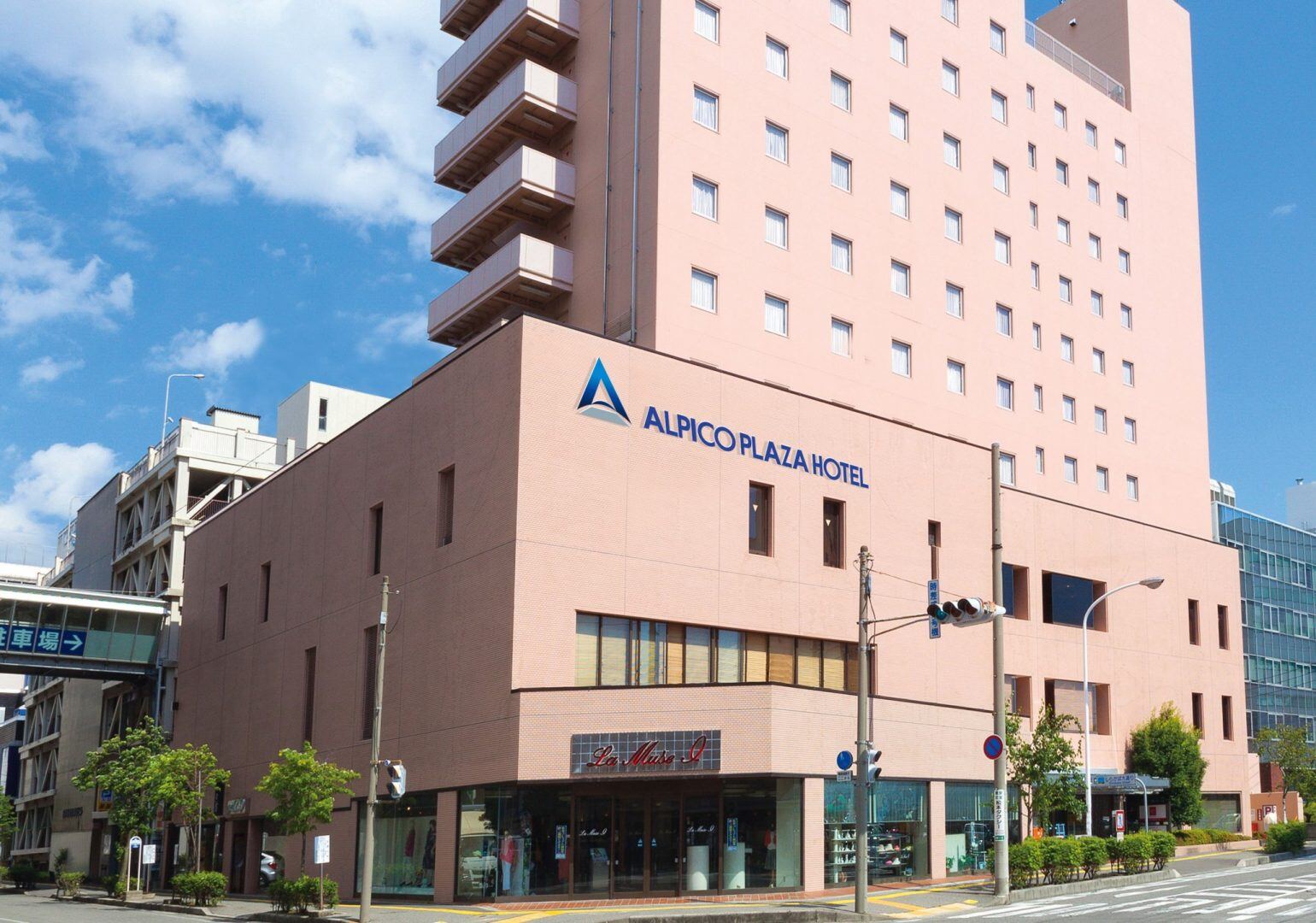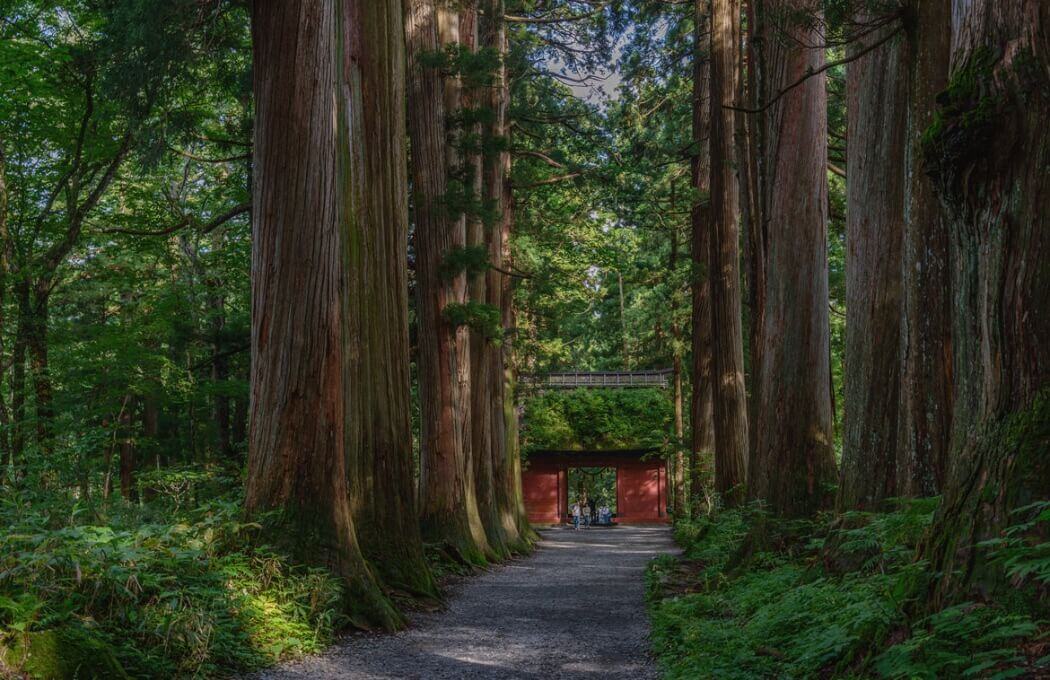Route & Timetable
Nagano
Visit the home of countless shrines and temples
Being the centre of the Nagano Prefecture, Nagano City is a destination where old meets new. Zenkoji, one of Japan's most popular temples, is a must-visit for a traditional experience. We also recommend visiting the unique 1998 Nagano Winter Olympic facilities as well.
Partial Reservable Route
Non-Reservable Route
 Trip Ideas
Trip Ideas
-

Hakuba Iwatake Mountain Resort: Nagano’s Must-Visit Spot After Kamikochi
-

5-Day Best of Nagano Itinerary: Matsumoto Castle, Kamikochi, Hakuba, Togakushi, and Nakasendo
-

Cheers to Nature: Discover Craft Beer Bliss in Tsugaike Kogen with HAKUBA Craft Beer
-

Alpico Plaza Hotel: Comfort and Convenience in the Heart of Matsumoto – Enjoy Special Discounts!




















.jpg?width=1500&height=1000&name=shoho_exterior%20(3).jpg)
.jpg?width=1500&height=1000&name=hotel_buena_vista_exterior%20(3).jpg)
.jpg?width=540&height=304&name=kamikochi_lemeiesta_exterior%20(5).jpg)
.jpg?width=1500&height=1060&name=alpico_plaza_hotel%20_exterior%20(1).jpg)
.jpg?width=1000&height=667&name=suhaku_exterior%20(1).jpg)

.jpg?width=540&height=304&name=tateshina_cc_course%20(11).jpg)
